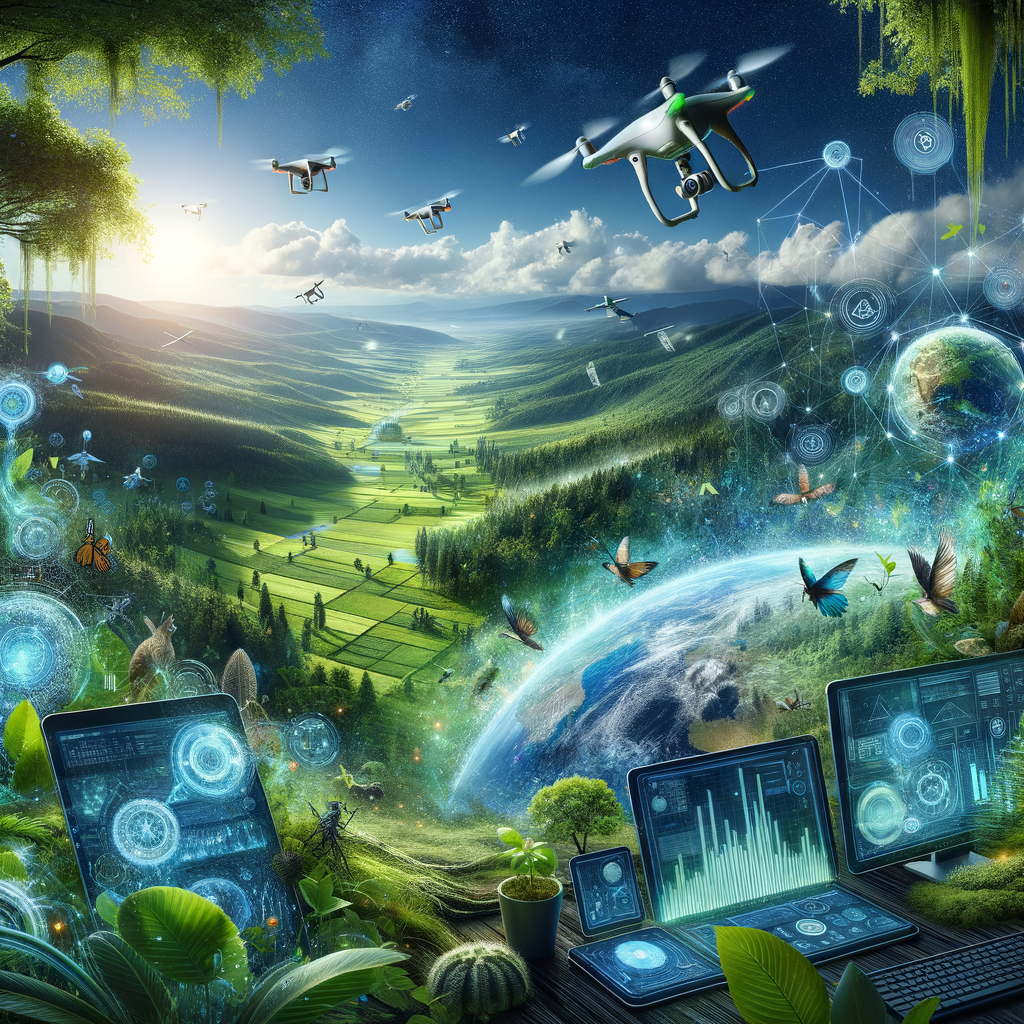In an era of unprecedented environmental challenges, artificial intelligence is emerging as a game-changing ally for conservation efforts! Imagine technologies that can track endangered species, predict ecological shifts, and provide critical insights faster than ever before. Recent studies suggest that AI could help reduce carbon emissions by up to 4% globally, making it a powerful tool in our fight against climate change. From satellite imagery analysis to predictive modeling, AI is transforming how we understand and protect our planet’s delicate ecosystems.
AI-Powered Wildlife Monitoring and Protection
Advanced Species Tracking Technologies
In the rapidly evolving landscape of conservation, artificial intelligence has become a game-changer for wildlife protection. For instance, sophisticated image recognition systems can now identify individual animals with remarkable precision, similar to how facial recognition works for humans.
Innovative Surveillance Techniques
By leveraging drone and satellite technologies, researchers can monitor vast and often inaccessible habitats with unprecedented detail. These aerial technologies, combined with machine learning algorithms, enable comprehensive population assessments that were previously impossible.
Climate Change Prediction and Analysis
Sophisticated Predictive Modeling
Machine learning has transformed our approach to understanding climate dynamics. Complex environmental datasets can now be processed and analyzed at speeds that were unimaginable just a decade ago, allowing scientists to develop increasingly accurate forecasting models for extreme weather events.
Biodiversity Conservation Through AI
Genetic Diversity and Ecosystem Insights
AI-driven techniques are revolutionizing how we track and preserve genetic diversity. By creating predictive models for species migration patterns, conservationists can develop more targeted and effective preservation strategies.
Smart Resource Management and Sustainability
Precision Solutions for Global Challenges
From optimizing renewable energy deployment to implementing advanced agricultural techniques, AI provides innovative solutions for sustainable resource management. Precision farming technologies, for example, enable farmers to maximize crop yields while minimizing environmental impact.
Waste Reduction Innovations
Intelligent recycling systems and waste management algorithms are helping communities develop more circular and efficient resource utilization strategies, demonstrating AI’s potential to address critical environmental challenges.
Conclusion
As we stand at the intersection of technological innovation and environmental stewardship, AI offers unprecedented opportunities to protect and restore our planet. By leveraging these intelligent technologies, we can develop more targeted, efficient, and impactful conservation strategies. The future of environmental preservation is not just about understanding our world—it’s about actively protecting it, one algorithm at a time!

